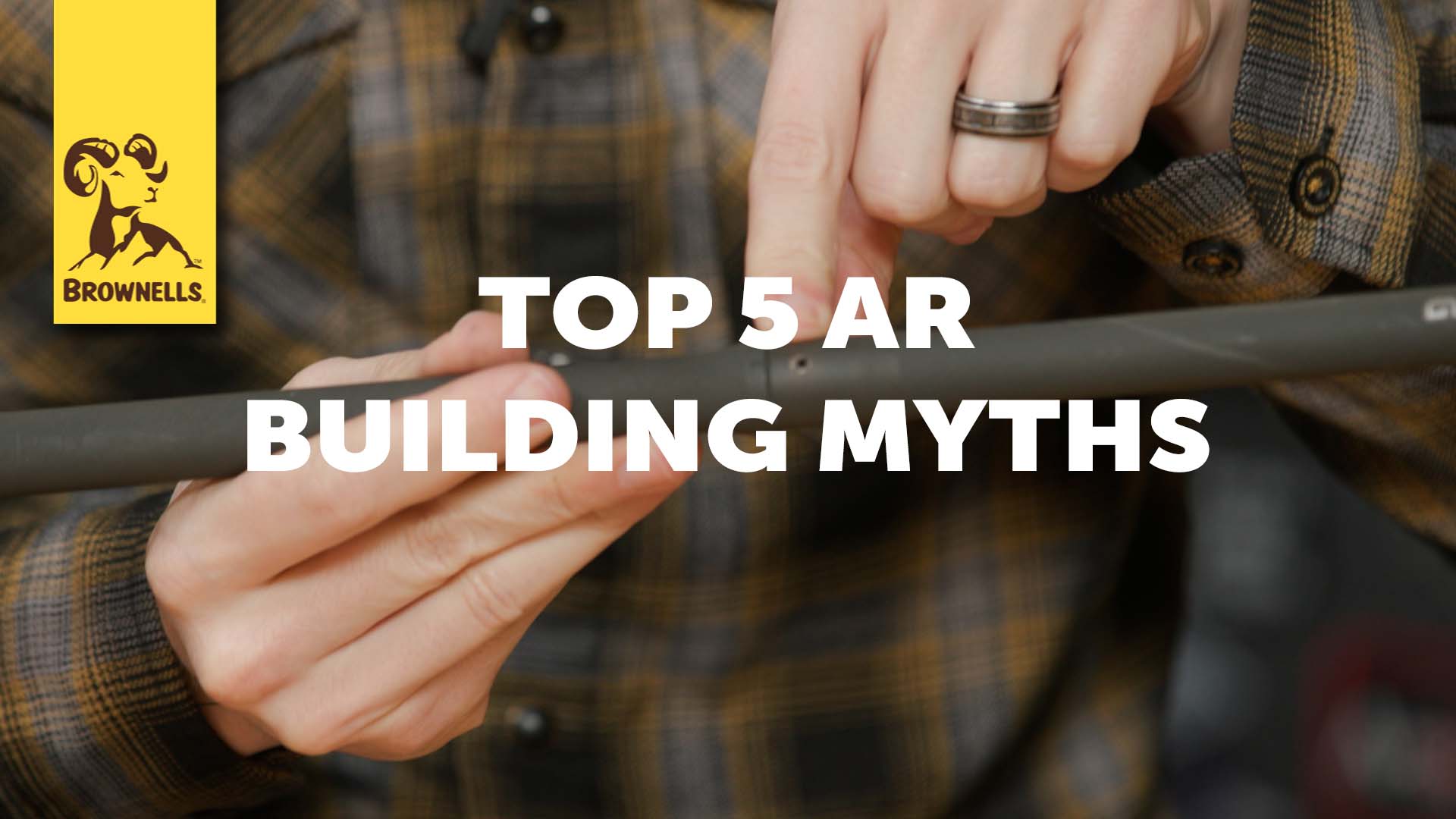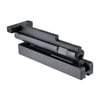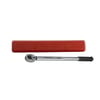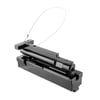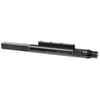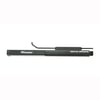SmythBusters: Top 5 AR Building Myths
In this episode of SmythBusters, Steve and Caleb tackle the top five misconceptions about building an AR-15. Caleb addresses common myths, such as the necessity of a reaction rod, the fear of raw aluminum after lapping, and the misconception that gas block alignment requires precise spacing. They also debunk myths about clamping the barrel when installing a muzzle device and the idea that using a torque wrench to remove a barrel nut damages the tool. By clearing up these misconceptions, Caleb and Steve offer helpful advice for a smoother and more effective AR build.
What You Will Learn
From watching this video, you'll learn the truth behind common AR-15 building misconceptions, such as whether a reaction rod is necessary, how to handle raw aluminum after lapping, and how to properly align a gas block. You'll also discover the truth about clamping the barrel when installing a muzzle device and the impact of using a torque wrench to remove a barrel nut. This video will help you avoid mistakes and improve your AR-15 building process with accurate and practical advice.
Benefit
The benefit of watching this video is that you'll gain valuable insights that can help you avoid common mistakes and misconceptions during your AR-15 build.
Introduction
Hi, Steve and Caleb from Brownells here, and we're back with another riveting episode of SmythBusters. Today, Caleb has been checking his list and checking it twice. What do you have on this list, Caleb?
We're going to discuss the top five AR builder misconceptions or myths. The reason we're doing this is that I spent a lot of time in our comment section and noticed some misconceptions that need to be addressed.
Myth 1: You Must Use a Reaction Rod for Building an AR Upper Receiver
Some people insist you have to use a reaction rod type tool that goes into your barrel extension to avoid putting excessive stress on your upper receiver. While reaction rods are great tools, you can use other affordable tools like upper receiver blocks that hold the pin holes. These work fine for any AR build as long as you stay within a reasonable torque spec on your barrel nut.
Myth 2: Raw Aluminum After Lapping
After lapping the upper receiver, some people were concerned about the raw aluminum left on the face. They believe it needs to be covered to prevent corrosion. However, applying grease before assembling the parts protects the raw aluminum and prevents corrosion. The grease acts as a barrier, ensuring a proper fit and preventing galvanic reactions.
Myth 3: Gas Block Alignment Requires Precision Spacing
Some believe you can't go all the way to the shoulder with your gas block and need precise spacing for proper alignment. In reality, the gas port hole on your barrel is significantly smaller than the hole on the gas block, allowing for plenty of overlap. This means you can go all the way to the shoulder and still have proper gas flow.
Myth 4: You Must Clamp the Barrel When Installing a Muzzle Device
There's a misconception that clamping the barrel instead of the upper receiver prevents excessive torque on the indexing pin when installing a muzzle device. In truth, your barrel nut applies so much force against the receiver that the indexing pin isn't stressed to the point of damage. Using an upper vice block is perfectly fine for this task.
Myth 5: Using a Torque Wrench to Remove a Barrel Nut is Bad
People often say using a torque wrench to remove a barrel nut is terrible for the tool and throws it out of calibration. However, torque wrenches have a finite number of uses due to the spring inside, and removing a nut counts as a use. It doesn't matter if you go clockwise or counterclockwise—the wrench doesn't know the difference. For maximum tool life, you can use a breaker bar for loosening if you prefer, but using the torque wrench won't ruin it.




